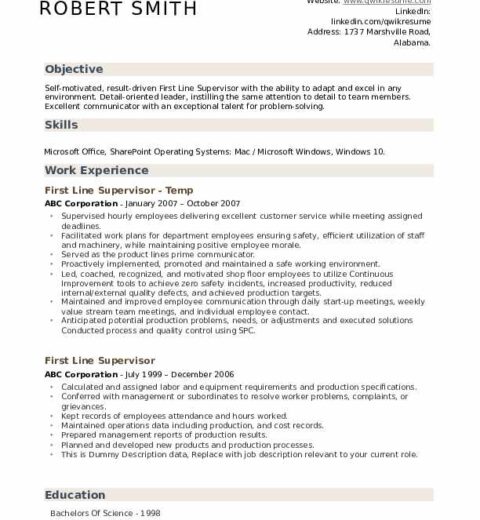Crafting a resume is no small feat, particularly when it comes to determining how many jobs to list. For many job seekers, especially those with extensive experience, this presents a conundrum—what’s the ideal number of positions to include to capture attention without overwhelming the reader? Answering this question necessitates a nuanced understanding of the objectives of a resume, the nature of the job market, and the expectations of hiring managers.
When evaluating how many jobs to list on a resume, it is imperative to consider the following fundamental factors: the relevance of each position, the length of one’s career history, and the specific industry norms. These elements coalesce to shape a compelling narrative that enhances a candidate’s eligibility for their desired role.
Understanding Relevance
First and foremost, the relevance of each job should dictate its inclusion on the resume. Candidates should concentrate on positions that are pertinent to the job for which they are applying. For instance, someone applying for a managerial role in marketing should emphasize their experiences in relevant marketing positions, placing less emphasis on unrelated jobs. As a standard practice, including 5 to 10 years’ worth of relevant experience should suffice, as this timeframe generally aligns with the changing landscape of careers and skills.
In cases of recent graduates or individuals with less extensive work history, consider including internships or volunteer positions that demonstrate applicable skills. The goal is to present a curated selection of roles that collectively communicate a trajectory of growth and expertise in the chosen field.
Length of Career History
The duration of one’s employment history significantly influences the decision of how many positions to feature. A professional with a decennial history of progressively advancing within an organization may choose to highlight only the last three to five roles, thereby creating an impression of expertise and stability. For veterans with a lengthy and diversified portfolio of positions, a more selective approach is advisable. They can synthesize their experiences by grouping similar roles or industries together, providing context without delving into exhaustive detail.
Industry Norms
Additionally, adherence to industry standards plays a crucial role. Different sectors harbor varying expectations. The tech industry, for example, often prioritizes skills and projects over job titles or durations, allowing candidates to list pertinent experiences regardless of their time frame. In contrast, more traditional fields like law or finance may prefer a more chronological and extensive account of employment history, often extending beyond a decade. Thus, researching what constitutes a competitive resume in one’s specific industry can provide helpful insights.
The One-Page Rule
Another crucial aspect to consider is the one-page resume guideline, particularly for entry- to mid-level positions. As a general rule, keeping to a single page makes the resume more digestible and keeps the reader engaged. For those with more extensive experience or in senior roles, a two-page resume may be warranted, encompassing a comprehensive yet streamlined overview of their career trajectory. However, regardless of length, clarity and conciseness should consistently reign supreme; an excess of detail may obscure one’s achievements and muddle the narrative.
Highlighting Achievements
In addition to selecting the number of positions, how candidates present their experiences is equally vital. Each listing should not merely be a job title and dates of employment; it should encapsulate key accomplishments and metrics that substantiate one’s impact in those roles. For instance, rather than stating “Managed a team,” one might say, “Led a team of 10 marketing specialists, achieving a 25% increase in campaign conversions over six months.” This approach not only provides clarity but illustrates the candidate’s capability through quantifiable achievements.
Addressing Gaps in Employment
For individuals with gaps in their employment history, whether due to personal reasons, economic downturns, or pursuing further education, it is advisable to include all relevant roles while strategically addressing these gaps. An explanatory note for any employment hiatus can be effectively integrated into a cover letter or as part of the resume format by including relevant skills or experiences acquired during that period, such as freelance projects or continuing education.
Customization is Key
Ultimately, the realization that there is no universally accepted quantity of jobs to list on a resume is vital. Each candidate’s situation is unique; therefore, customization is paramount. Tailoring one’s resume for each specific job application can significantly enhance the opportunity for progression in the hiring process. A thoughtful and deliberate layout, highlighting the most relevant experiences, can substantially elevate a candidate’s presence in a competitive job market.
Final Thoughts
In summary, determining how many jobs to list on a resume is a multifaceted decision, influenced by relevance, career length, industry norms, and clarity of presentation. Aim for a concise yet encompassing portrayal of your professional history that accentuates your qualifications and achievements. Through careful reflection and strategic selection, candidates can develop a persuasive resume that not only meets industry expectations but also resonates with potential employers. In such a competitive environment, presenting a polished resume may very well be the key to securing that coveted interview.




